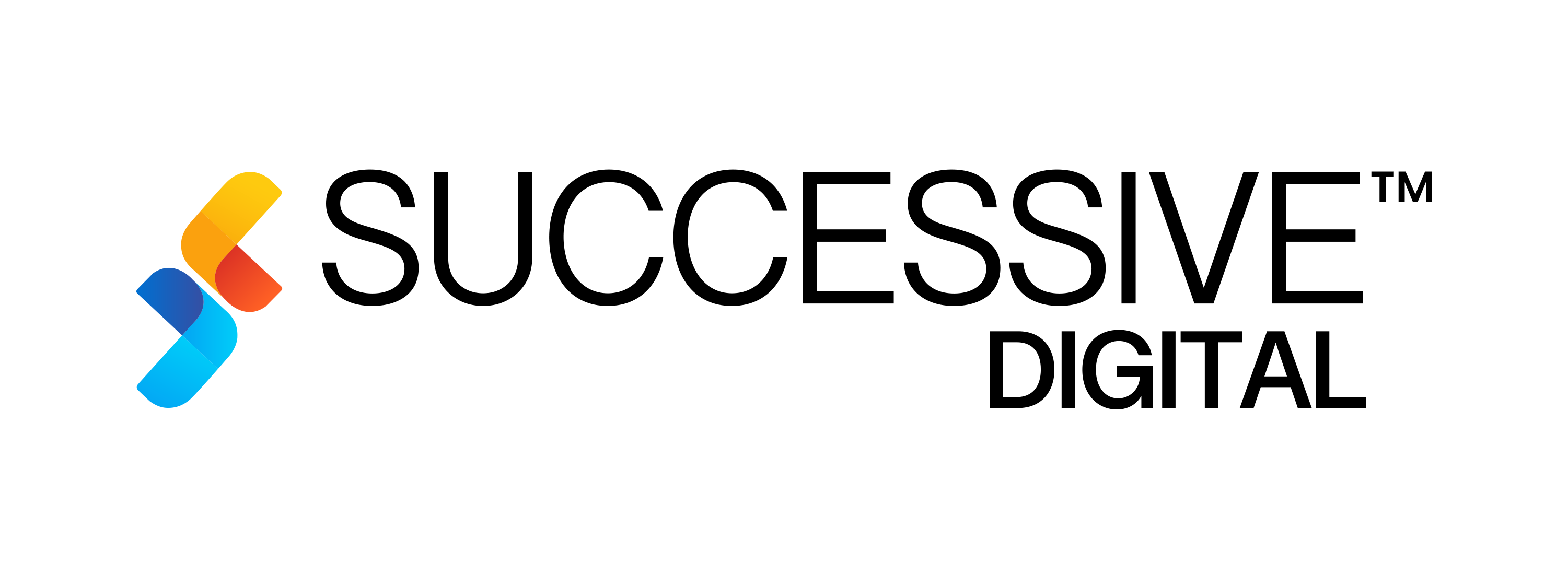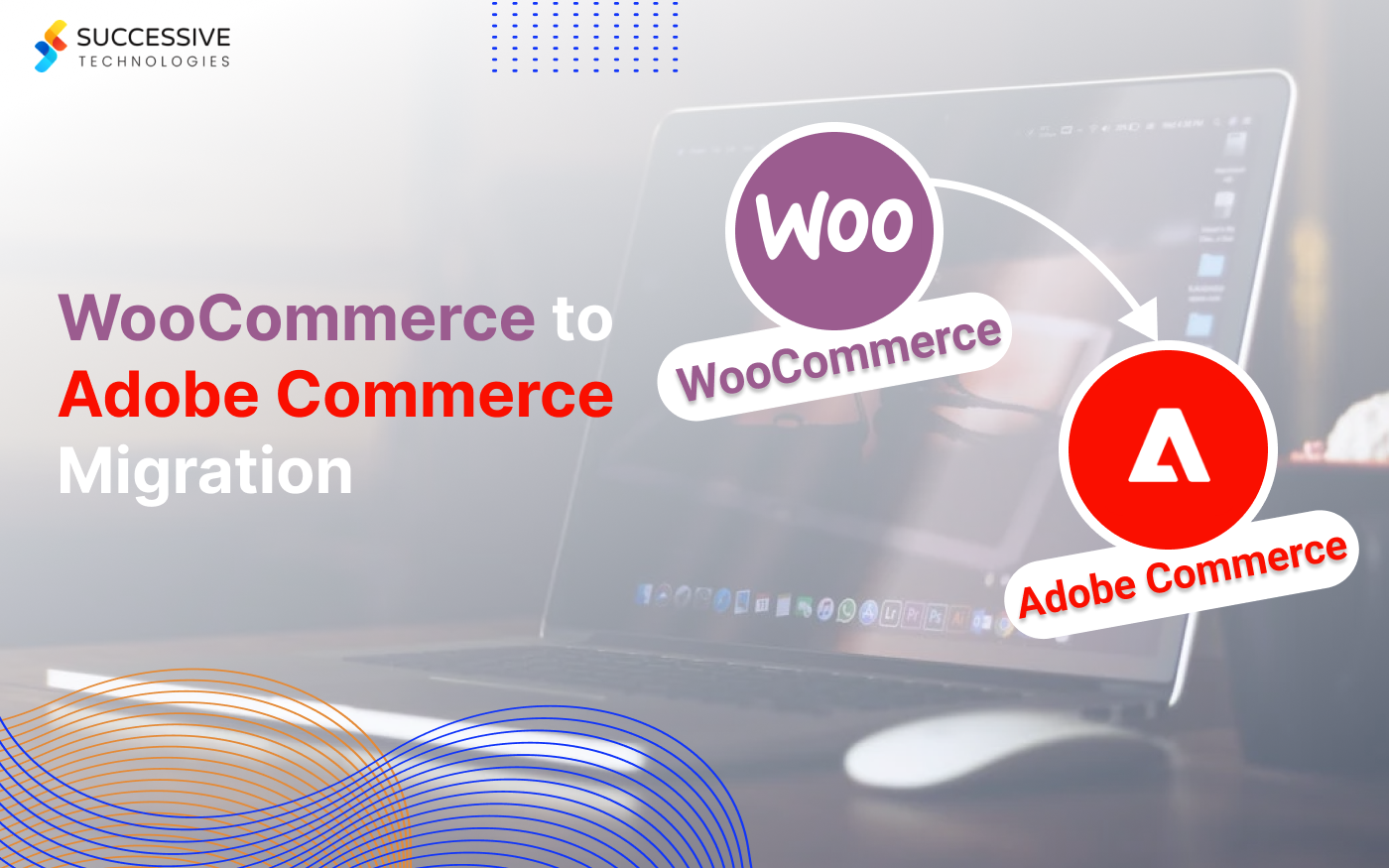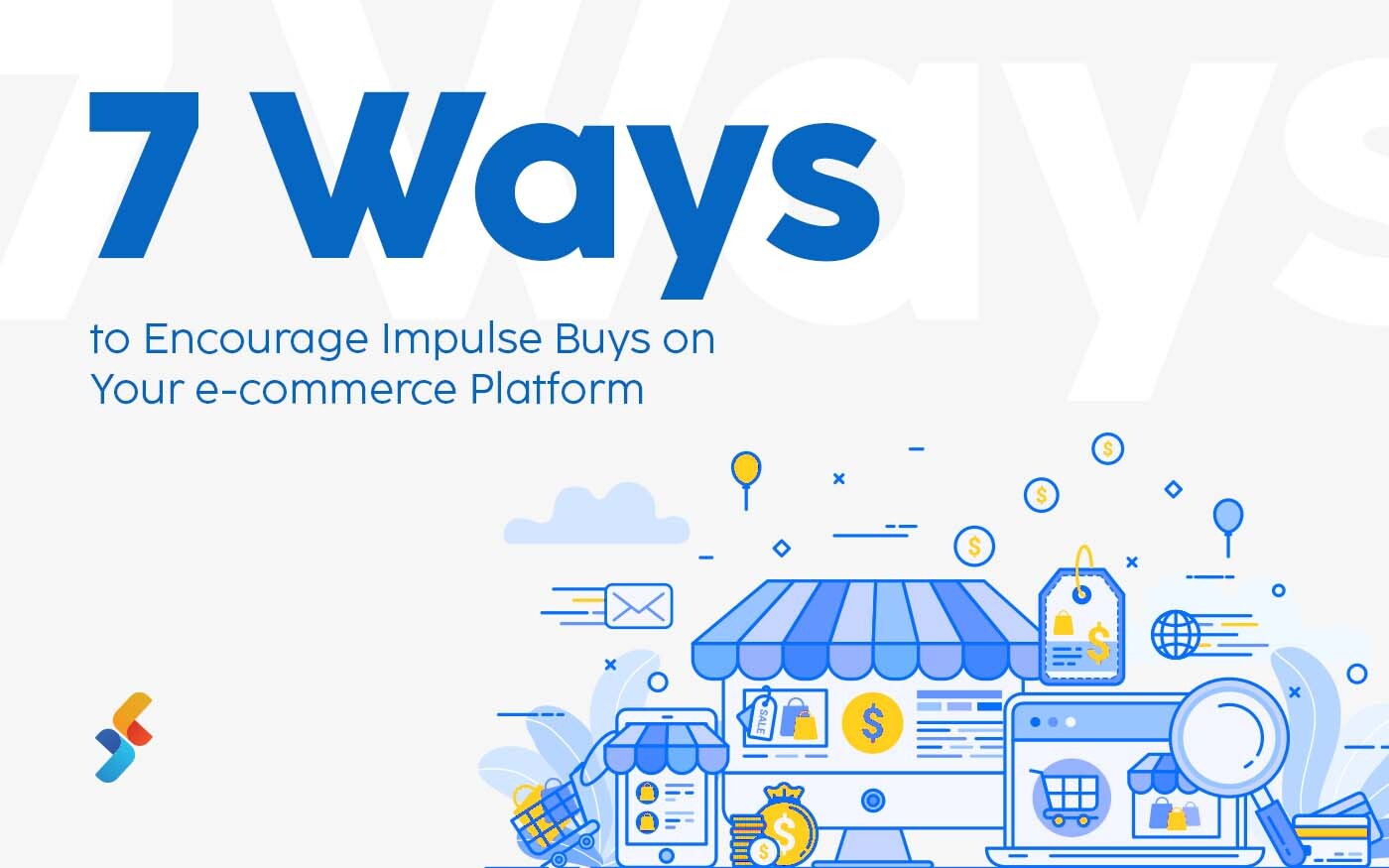The rules of retail are being rewritten. Malls are no longer the hero and are somehow dying out.
What once started as sprawling, brick-and-mortar hypermarkets built on physical grounds are now transforming into vast digital ecosystems redefining how consumers shop and how businesses sell. But the shift is not just from offline to online, it’s about providing a go-to-store for all necessary items–groceries, makeup, travel bags, all of it in one place.
Today’s buyers don’t want to hop from site to site. Instead, they want everything in one place, delivered fast, personalized to their preferences, and accessible anytime. That’s when the role of online hypermarkets becomes important. These are the colossal, multi-category stores such as Amazon, Alibaba, and Walmart that are changing the game of ecommerce with their unparalleled size, data orientation, and operational flexibility. As per research, eCommerce transactions worldwide will amount to $8.09 trillion, with Amazon being a significant contributor to this.
Now, this shift is not merely a mid-market and brick-and-mortar retail trend. It is a call to action to face the inevitable. To understand in detail, let’s explore the evolution of hypermarkets, the operational challenges traditional retailers face, and how online hypermarkets are changing the eCommerce playbook for good.
Offline to Online: The Evolution of Hypermarkets
The retail trade industry has undergone a drastic change in the last hundred years, from their humble beginnings as ordinary grocery stores to their present avatar as large hypermarkets and more recently, their evolution into virtual stores called online hypermarkets. Virtual hypermarkets are digital versions of ordinary hypermarkets where all products of all descriptions are laid out before shoppers in one place.
This change reflects shifting consumer trends, advances in technology, and ongoing efforts to seek convenience and efficiency.
The Birth of Self-Service Retailing
Clarence Saunders transformed shopping in 1916 with the first self-service grocery store, Piggly Wiggly, in Memphis, Tennessee. The idea involved customers roaming and picking products themselves, a huge departure from the clerk-included shopping that dominated at the time.
The Emergence of Hypermarkets
Capital. Heeding the self-service call, the 1960s witnessed the advent of hypermarkets or huge retail stores dealing in a vast variety of products under one roof. Walmart, established in 1962, is an epitome of this concept along with the inclusion of groceries, apparel, electronics, and such in one location to meet the expanding demands of one-stop shopping.
Shift to Online Platforms
Along with the birth of the internet in the 1990s, the birth of digital commerce also took place, revolutionizing the retail industry. Amazon, founded in 1994, and Alibaba, founded in 1999, capitalized on this trend and opened web-based hypermarkets with huge product ranges, low prices, and the added benefit of delivery to customers’ homes.
The Expansion of Online Hypermarkets
Internet hypermarkets control the retail landscape today. Amazon, Alibaba, and Walmart.com are some of the websites that give customers millions of items in many categories with highly tailored recommendations and quick shipping options. Online stores have revolutionized customer expectations because customers value convenience, selection, and speed.
Furthermore, you can consult a professional company offering retail and commerce industry solutions to either build an online hypermarket or transition your operations and integrate with an existing one as per your business requirements.
Challenges of Traditional Retailers & Strategies to Rewire CommerceOps
Running standalone small physical stores or an online store is challenging for traditional retailers. Be it high operational costs or managing inventory levels, they must also compete with large businesses. Thus, they need a strategy, typically a rewiring of their commerce operations.
Let’s look at the challenges and discuss strategies that the retailers can implement, backed by online hypermarkets.
Major Roadblocks in Traditional Retail
- Rigid supply chain and inventory systems: Outdated systems lack proper real-time visibility, leading to stockouts or overstocks.
- Expensive costs of operating physical infrastructure: Running physical stores with rent, utilities, and staffing is expensive.
- Disconnected in-store and digital customer experiences: Disintegrated systems create disparate customer experiences across the channels.
- Insufficient real-time customer data and insights: Lacking integrated analytics, it’s difficult to realize customer behavior and preference.
- The challenge in price-access balancing within a hypermarket: Economies of scale are used by large online platforms to provide low prices and broader product sets.
- Slower delivery and fulfillment capacity: Older logistics networks might not be powerful enough to match the fast delivery standards adopted by online hypermarkets.
CommerceOps Playbook: What to Change
- Integrate with large online marketplaces or build multi-vendor marketplaces to expand product visibility. To begin with, businesses can collaborate with established platforms to increase reach and customer base.
- Adopt API-first commerce platforms for better scalability, as these platforms have built-in modular systems that allow for easier integration and adaptability to changing business needs.
- Leverage marketplace data and insights to refine the customer segmentation process and align pricing as well as promotions dynamically. Data-driven strategies enable personalized marketing and competitive pricing.
- Use AI-driven tools for intelligent forecasting and inventory optimization. For example, predictive analytics can be used to enhance stock management and reduce waste.
- Offer click-and-collect via store partnerships with online hypermarkets. In other words, this involves combining online orders with in-store pickup to enhance customer convenience.
- Enhance customer experience with journey optimization, managed by online hypermarkets with you in control. This can be done by utilizing hypermarket tools while maintaining brand oversight to ensure consistent customer engagement.
Also read: 5 proven ways to grow your eCommerce business
Key Technological Innovations Driving Online Hypermarkets
The reason behind the success of online hypermarkets lies in their backend. These platforms leverage advanced technologies to operate, scale, deliver, and enhance customer experiences. Let’s explore these technologies in the section below:
Artificial Intelligence (AI)
- Demand Forecasting: AI picks up past sales trends, industry trends, and external inputs to predict future customer demand and achieve the maximum level of control over stock, avoiding stockouts.
- Customer Service: Virtual assistants and AI chatbots answer customer queries in real-time, improving the responsiveness and effectiveness of service.
- Personalized Marketing: AI facilitates highly targeted marketing campaigns by learning customer habits and preferences, leading to higher engagement and better conversion rates.
Also read: How AI in Commerce is powering a smarter retail.
Augmented Reality (AR) and Virtual Reality (VR)
- Virtual Try-Ons: AR and VR allow consumers to try products such as clothing or spectacles virtually, enhancing the online shopping experience and reducing return rates.
- Product Visualization: The technologies provide interactive 3D product representations, allowing customers to make purchase decisions based on experiences as they can see and touch products virtually.
Robotics and Automation
- Warehouse Operations: Automated technologies, like robot arms and self-driving mobile robots, mechanize warehouse operations by efficiently picking, packing, and sorting products, leading to faster order fulfillment.
- Logistics Efficiency: Robots enhance logistics by eliminating human errors, working continuously without breaks, and providing the utmost overall supply chain efficiency.
Data Analytics
- Consumer Analysis: Big data analytics assists retail stores to understand customer behavior through purchase history, browsing history, and customer reviews to create personalized marketing campaigns.
- Inventory Management: Data analytics procedures are utilized to optimize stock levels through forecasted demand patterns, reduce stockout and overstock, and displaying product availability.
How Successive Digital Can Help?
We, at Successive Digital, help enterprises leverage the full potential of online hypermarkets by offering a tailored mix of strategy, technology, and execution. Whether you are looking to integrate your platform with thriving marketplaces such as Amazon and Walmart or build your own multi-vendor marketplace, we provide end-to-end assistance to future-proof your commerce engine.
The following is a quick outline of our marketplace-oriented services:
- Marketplace Enablement: We simplify your onboarding with top online hypermarkets so that you can enjoy seamless catalog syndication, price automation, and inventory synchronization across channels.
- Custom Multi-Vendor Marketplace Implementation: Deploy scalable, secure, API-first marketplaces specific to your industry and growth strategy.
- Composable Commerce Mastery: Our specialists utilize headless, composable architectures that enable you to add new services, tools, or hypermarket integrations without interrupting existing processes.
Also read: Comprehensive guide to composable commerce
- AI-Driven CX Optimization: We implement AI-based tools for personalized recommendations, intelligent search, and automated customer support to match the service excellence hypermarkets deliver.
So, no matter your requirements, we can build a custom eCommerce solution catered uniquely to what your business needs. Let us help you build smarter commerce—faster.
Conclusion
Online hypermarkets are no longer just a digital extension of retail, they’re the driving force behind a new era of commerce. Their ability to merge product variety, rapid fulfillment, advanced technologies, and data-driven personalization has redefined how businesses and consumers interact–at one single place for every product/service.
For businesses, this revolution is opportunity and threat both: migrate to emulate the size, velocity, and complexity of these platforms or die. Yet to operate a one-handed web or offline store as a traditional retailer is more perilous than evolving to the online hypermarket universe. By engaging with web-based hypermarkets or creating your own multi-vendor ecologies, your businesses can break free from operational limitations, unlock new revenue streams, and stay ahead of the increasing expectations of new-generation consumers.
So, are you ready to rewire business strategies and accelerate commerce operations?
Get in touch with us to discuss how we make smarter commerce happen.












